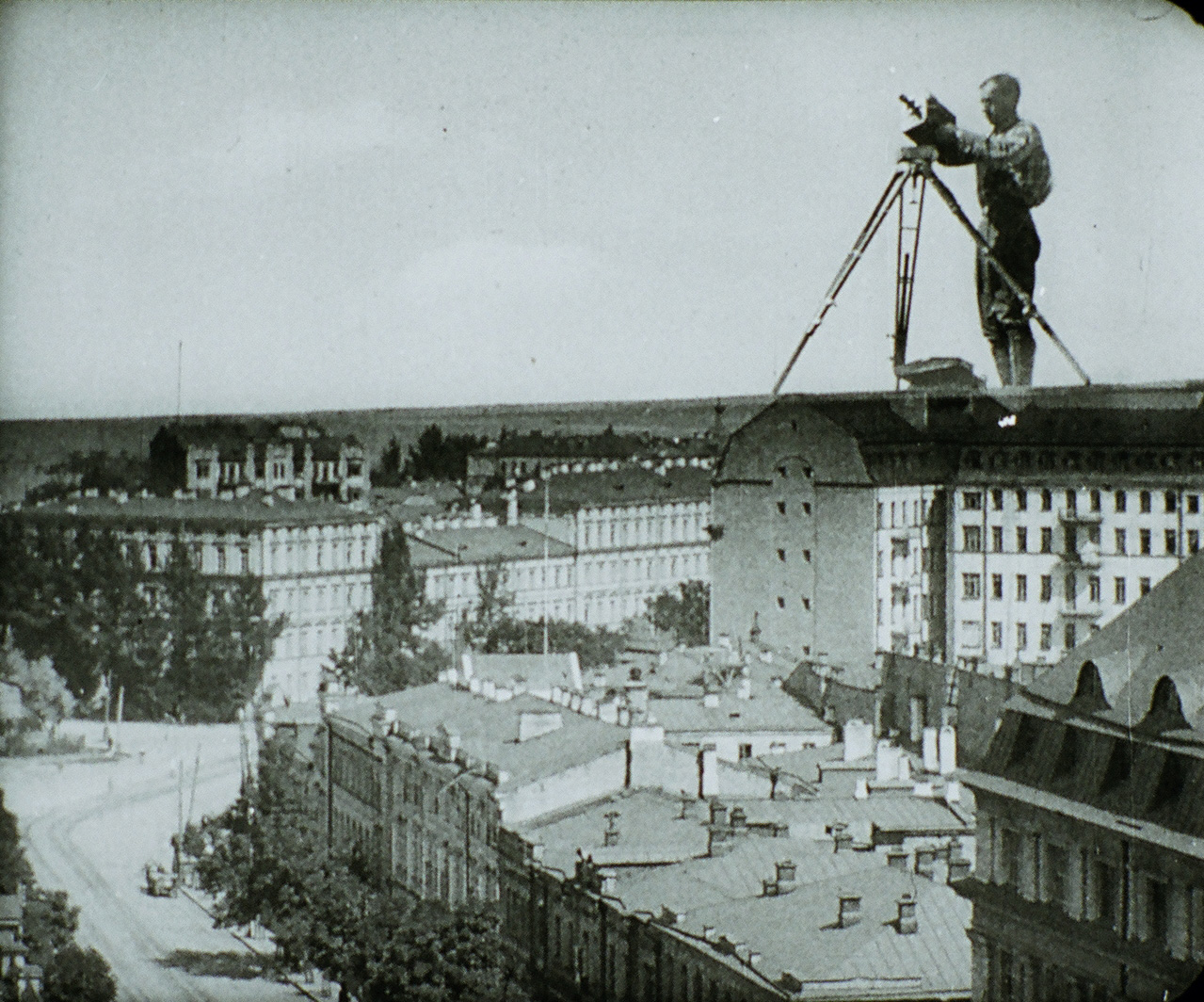The History of Soviet Montage's
Most say that the montage was influenced and a reaction to the Russian Revolution in 1917. At the time, there were a lot of political and social changes that laid the foundation for the Soviet Union. The civil unrest caused the food shortages, government corruption, and involvement in WWI, led to the abduction of Nikolai II. Months later the new government was overthrown by radical Bolsheviks, led by Vladimir Lenin. With the new Revolution, there was a big demand for propaganda. So filmmakers experimented with footage from the old films and images to see what would happen if they were put together in different ways.
Lev Kuleshov
Lev was a pioneer film theorist. He studied the film techniques of the Hollywood directors, like D.W Griffith. Lev introduced crosscutting and montage into Russian films. Lev found that people responded differently to different shots, depending on the images they have seen before and after the shot. He could create a new meaning with two different shots.
| The Kuleshof Experiment. Image from Snapshot |
He then created the Kuleshov effect, where an actor would stare at the camera with a black expression, but then they would add different forage of different things before or after it. Like he would add the image of a child in a coffin, or a bowl of food on a table. Different moods were created with the same expression. The actor seemed unhappier or hungry.
Sergei Eisenstein
Sergei's film style was very influenced by the Russian Revolution. He created propaganda poster to help motivate people well the in Red Army. Sergei had attended Lev's workshop. His definition of montage was five different things.
Metric- The timing or number of frames
Rhythmic- Movement with in the frames
Tonal- The tone of the shot, the content of the visuals influence the emotional response.
Overtonal- Combination of Metric, Rhythmic and Tonal.
Intellectual- Express ideas by creating relationships between opposing visuals.
 |
| The Odessa Steps, Image from YouTube |
Sergei's first film 'Strike' (1925) shows a shot of workers being attacked and then a cut with a shot of a bull being slaughtered. This created the metaphor that suggests the workers are being killed/treated like cattle. With out the juxtaposes, the metaphor doesn't exist. Sergei's second film 'The Battleship Potemkin' (1925) was used by the Soviet Union to commemorate the uprising in Russia in 1905 (the year of strikes and death of hundreds). In the film, the famous scene 'The Odessa Steps'.
Dziga Vertov
Dziga worked as a newsreel cameraman and coined the term Kino Eye (film eye). Dziga believed that the world is seen more clearly though the eye of the camera rather than the human eye and that cinema should be real and truthful. Dziga disagreed with Sergei's theory of narrative film making and thought that it could be corrupting. He attempted to create a unique environment in film, free of theatrical effects and influence and artificial lighting. He wanted to show real life.
Dziga's style of montage was misunderstood until the era of music videos. His work was like documentaries. HE created the film experiment 'Man with a Movie Camera' (1929). This contained jump cuts, superimposition, split screen, stop motion, and camera angles. Dziga also created one of the first Russian animation call 'Soviet Toy's' (1924). Image from YouTube.
 |
| Man with the Movie Camera, Image from YouTube |

No comments:
Post a Comment